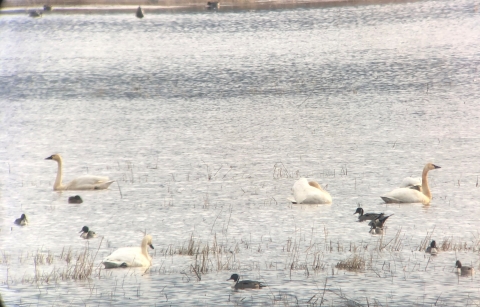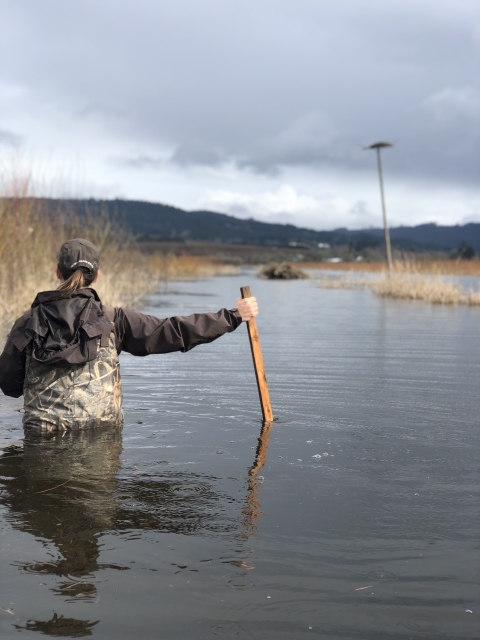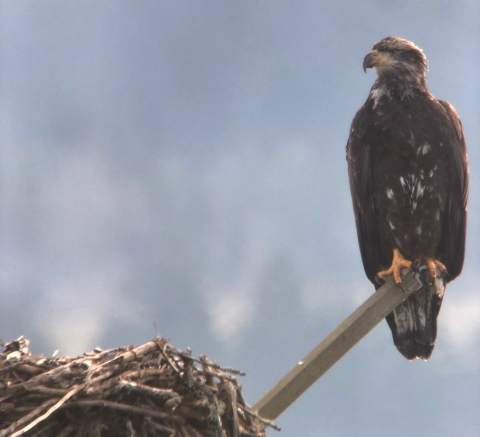Visit Us
Adjacent to the city of Gaston, near Portland, Oregon, Wapato Lake National Wildlife Refuge offers visitors a chance to overlook vast wetlands or immerse themselves in other habitats and wildlife. Our walking trails are great ways to enjoy the refuge, and visitors can get involved in visitor services or biology work through our volunteer program.
The refuge opened to the public on October 1st, 2022. Go here for further information on the final public access plan, what public access at the refuge looks like, and response to public comments.
Hunting on the refuge 2024-2025 season
The application period for this year's hunt will be open from October 15 - November 15; go to our hunting page for more information on our hunt program and application process.
Location and Contact Information
About Us
Wapato Lake National Wildlife Refuge was officially established in 2013 as part of the Tualatin River National Wildlife Refuge Complex. With over 900 acres of continuous protected area, Wapato Lake National Wildlife Refuge is a fantastic place for a variety of wildlife, including the many migratory waterfowl that stop-over in the winter. The refuge is amazing year-round though; the changing seasons are reflected in the fluctuations of landscape and the wildlife who inhabit it.
What We Do
The National Wildlife Refuge System is a network of public lands and waters managed by the U.S. Fish and Wildlife Service. The System was established for the purpose of wildlife conservation, and directs all refuge actions and decisions. Utilizing the right management tools helps to further conservation and restoration of wildlife and their habitats.
Our Organization
Our Species
Through ongoing restoration projects, public outreach and education, Wapato Lake National Wildlife Refuge is able to further conservation efforts, including the protection and restoration for specific key federally and state recognized species.
In addition to endangered and threatened species, the refuge hosts an abundance of more commonly found species, such as black-tailed deer, coyotes, bald eagles, and red-tailed hawks. Many migrating waterfowl also call the refuge home for the winter, including tundra swans, canvasbacks, and dusky Canada geese.
Get Involved
National wildlife refuges partner with volunteers, youth groups, landowners, neighbors and local community members to make a lasting difference. Getting involved at Wapato Lake NWR is a great opportunity to learn new skills and help to conserve our public lands. With a variety of opportunities in a wide range of programs, anything from visitor services to habitat management, there is a place for everyone.







